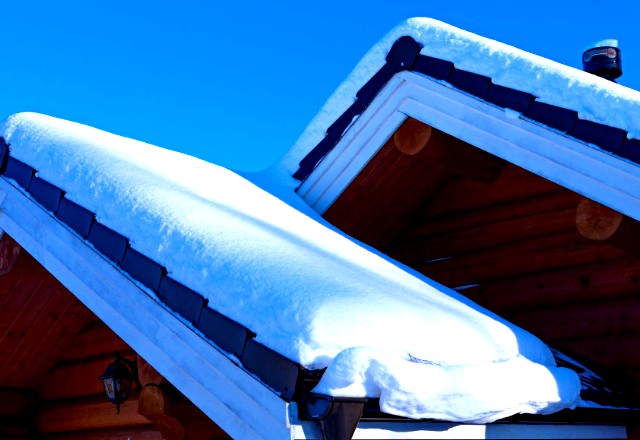Snow accumulation on your roof can pose significant risks to your home’s structure and safety. Understanding how to effectively remove snow and when to call in professionals is crucial, especially in areas prone to heavy snowfall. This article provides a comprehensive overview of various snow removal methods, DIY approaches, preventive accessories, and more.
Why Remove Snow from Your Roof
Removing snow from your roof is essential to prevent potential hazards like roof collapse due to weight overload, formation of ice dams that can cause water damage, and strain on your roof’s structural integrity. Regular removal helps maintain the longevity of your roof and ensures your home’s safety.
DIY Snow Removal Methods
1. Snow Shovel: A basic snow shovel can be used for low-pitched or flat roofs. It’s important to use a plastic shovel rather than metal to avoid damaging the roof shingles.
2. Roof Rake for Snow: Snow roof rakes are effective for removing snow without climbing onto the roof. They come with extendable handles and are particularly useful for high and steep roofs.
3. Snow Roof Hooks: These are attachments for snow rakes that help pull snow off the roof safely. They are especially handy for hard-to-reach areas.
Professional Snow Removal Tools
1. Snow Blower: For large amounts of snow, a snow blower can be a quick solution. However, it’s typically used by professionals due to the complexity of operating it on a roof.
2. Snow Machine: In commercial settings or for very large residential properties, a snow machine, which is a heavy-duty snow removal equipment, might be used.
When to Call Professionals
- Heavy Snow Accumulation: If the snow depth exceeds a foot or if you have a steep, high, or complex roof.
- Ice Dam Formation: Professionals can safely remove ice dams, which are tricky and dangerous to handle.
- Lack of Proper Equipment: If you don’t have the necessary tools or if the job seems too risky.
Preventive Accessories
1. Snow Brake, Snow Guard, Snow Stop: These accessories help break up the snow as it falls, preventing large amounts of snow from sliding off the roof suddenly.
2. Snow Rails: Installed along the edge of the roof, snow rails add an extra layer of protection by holding back snow.
Safety Tips
- Never Work Alone: Always have someone nearby in case of an emergency.
- Use Proper Safety Gear: Wear non-slip boots, gloves, and use safety ropes if necessary.
- Be Aware of Power Lines: Keep a safe distance from power lines.
Removing snow from your roof is a vital part of maintaining your home’s safety and integrity during the winter months. Whether you choose to do it yourself or hire professionals, it’s important to understand the various methods and tools available. Additionally, installing preventive accessories can significantly reduce the risk of snow-related damage. Remember, safety should always be your top priority when dealing with snow removal on your roof.
 FAQ
FAQ
Can roof raking damage shingles?
Do I need to rake the whole roof?
Are snow roof rakes worth it?
What happens if you don't remove snow from roof?
Does roof raking help with ice dams?
Can you shovel snow off your roof?
How to choose a roof snow shovel?
Can I use a leaf blower to clear snow?
Disclaimer: The information provided in this article is for general informational purposes only. Any reliance you place on such information is therefore strictly at your own risk. We recommend consulting with professional snow removal services for specific advice and services tailored to your individual needs.



 509-201-4190
509-201-4190



 FAQ
FAQ